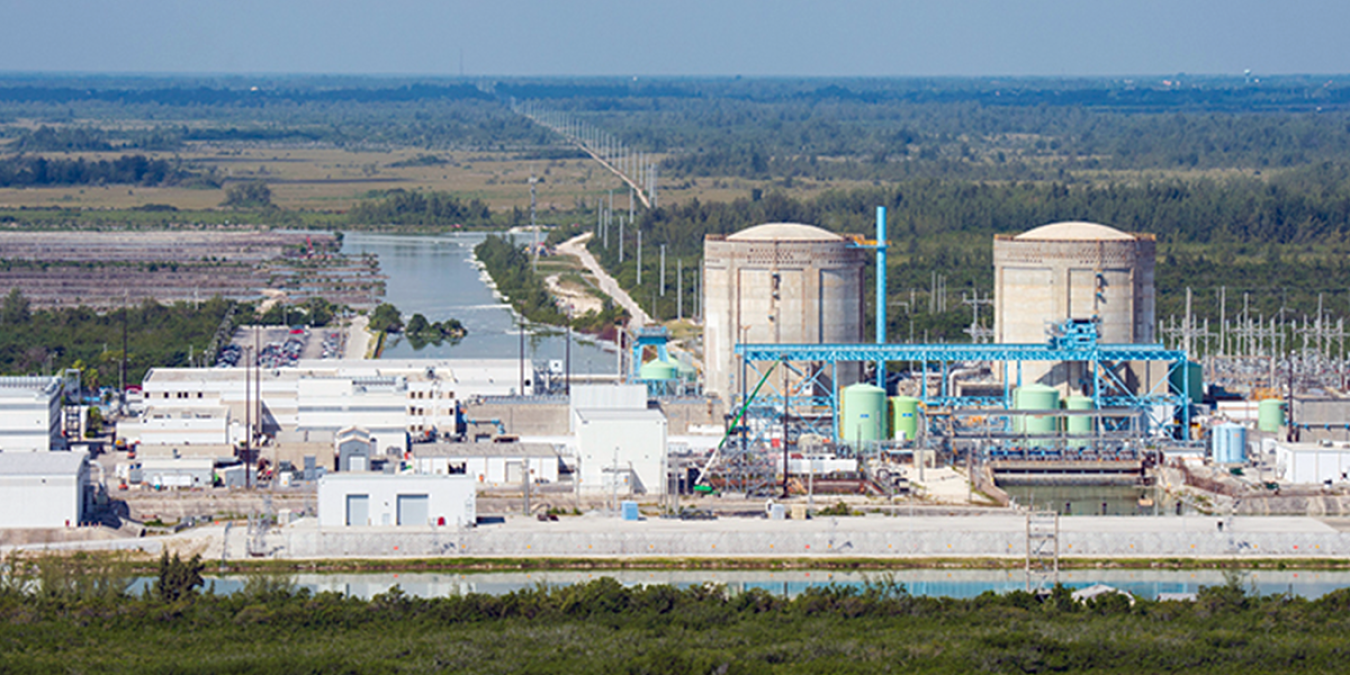U.S. nuclear plants are proving that age is really just a number.
As the average age of American reactors approaches 40 years old, experts say there are no technical limits to these units churning out clean and reliable energy for an additional 40 years or longer.
Thanks to research performed over the last decade by the U.S. Department of Energy (DOE) and the Electric Power Research Institute (EPRI), utilities now have the confidence and data they need to apply for a second 20-year operating license with the Nuclear Regulatory Commission (NRC).
Seven plants (15 reactors) have already submitted subsequent license renewal (SLR) applications and more are expected as more reactors near the end of their operating licenses
That would keep nearly a quarter of the nation’s fleet online beyond 2050.
WATCH: Research demonstrates no technical limits for reactors operating up to 80 years.
Extending the Life of Reactors
Eighty-eight of America’s 92 reactors have received approval of their first 20-year extension. The majority of these will expire in the 2030s. Due to the amount of time it takes to prepare for regulatory reviews, utilities are now determining if they should apply for an additional 20 years of service.
In preparation for this uncharted territory, DOE proactively established the Light Water Reactor Sustainability (LWRS) program in 2010 to research areas that would support the long-term operation of the nation’s reactors.
DOE, EPRI, NRC, and other stakeholders identified a list of key materials and parts used at the plants. This ranged from the reactor core (and much of the equipment inside of it) to the cabling and concrete around the plant. They then measured the performance of each material to determine how they function over time.
Most of these materials met the desired performance standards expected for long-term operation. The materials that did show signs of normal aging and degradation were identified so that plants could proactively monitor and maintain them over time.

Turkey Point Units 3 and 4 are the first reactors cleared by the NRC to operate up to 80 years.
The 80-Year Club
Fifteen reactors are already using this research to apply for a second 20-year extension.
Florida Power and Light’s Turkey Point Units 3 and 4 became the first reactors to apply to the NRC to operate for up to 80 years.
Exelon's Peach Bottom Units 2 and 3, Dominion's Surry Units 1 and 2, in addition to several other utilities, including Duke Energy, have applied or announced plans to apply for SLRs. Xcel Energy is also considering submitting applications for reactors in its fleet.
To date, 20 reactors, representing more than a fifth of the nation’s fleet, are planning or intending to operate up to 80 years. More are expected to apply in the future as they get closer to the end of their operating licenses.
Why It’s Important
America has the largest fleet of reactors in the world. Nuclear energy generates nearly 778 billion kilowatt hours of electricity each year and makes up more than half of the nation’s clean energy.
It operates at full power more than 92% of the time and has provided roughly a fifth of the nation’s power since the mid-'90s.
Despite this performance, 13 reactors have retired since 2013 due to challenging market conditions, and an additional seven units are slated to shut down by 2025.
Losing these reactors would ultimately reduce America’s large-scale supply of affordable and dependable clean power, as well as deplete the expertise, knowledge, and supply chain that goes along with the entire U.S. nuclear industry.
What’s Next?
In addition to materials research, the LWRS program is working on modernizing plant systems to reduce operation and maintenance costs, while also looking to diversify plant products through non-electric applications such as desalination and energy for hydrogen production.
Learn more about the LWRS.
*Updated July 2022
